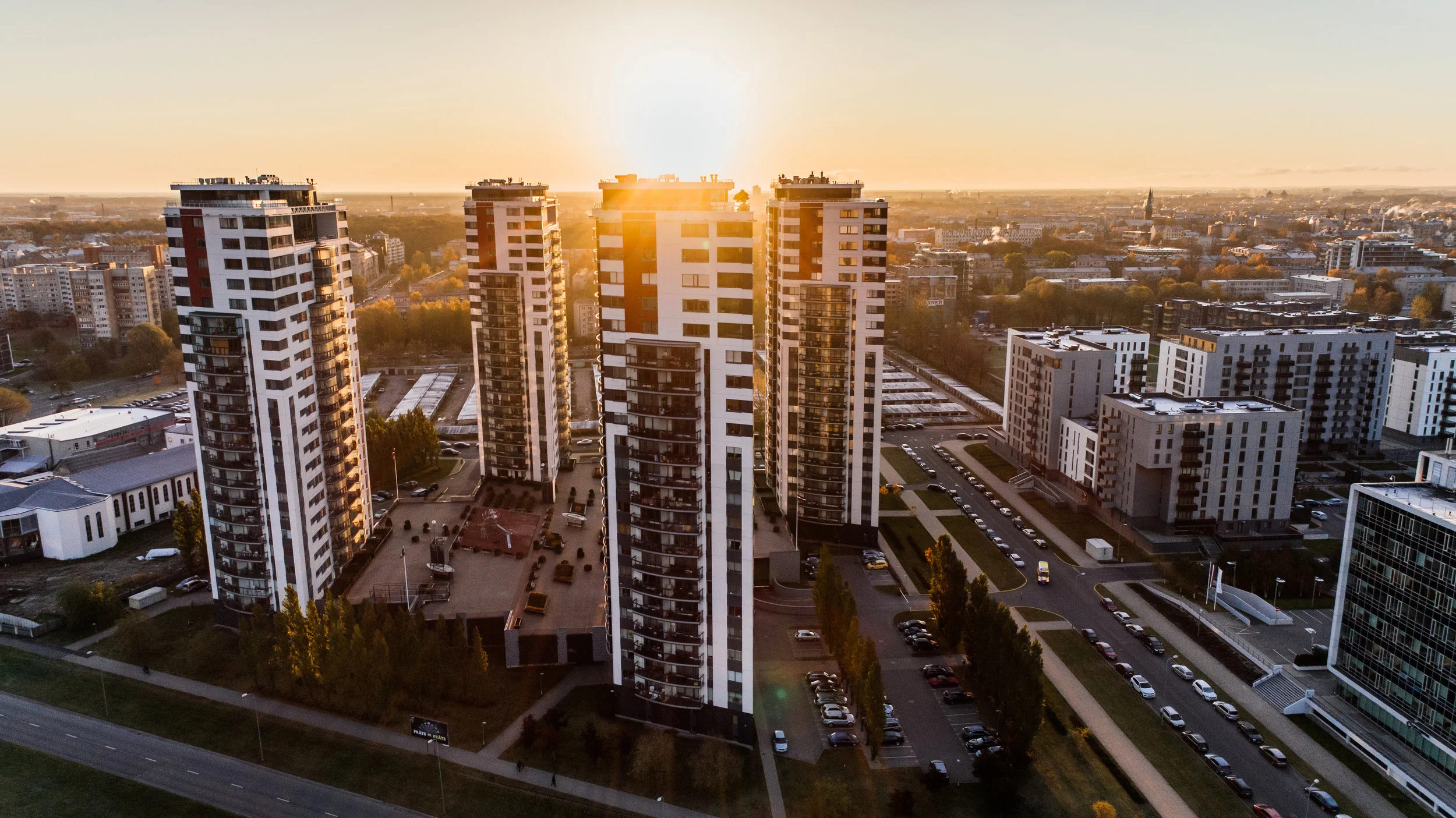The multifamily industry is facing a significant challenge: employee turnover. With annual rates hovering around 32-33%, well above the national average, this issue is costing companies dearly in both financial and operational terms. Understanding the root causes and implementing targeted strategies can help organizations build more stable, engaged teams and ultimately improve their bottom line.
Understanding the Turnover Landscape
To address the problem, we must first understand its scope. Property management roles often experience the highest churn, closely followed by maintenance positions. The reasons behind this revolving door are multifaceted:
1. Burnout from high-stress, customer-facing roles
2. Lack of clear career progression paths
3. Inadequate training and support
4. A competitive job market luring talent to other industries
5. Misalignment between job expectations and reality
6. Challenges with work-life balance, especially in on-call positions
The True Cost of Churn
The financial impact of turnover is staggering. Industry experts estimate the cost of replacing an employee at 1.5 to 2 times their annual salary. For instance, replacing a property manager earning $50,000 annually could cost a company between $75,000 and $100,000. These costs stem from recruiting, onboarding, training, and lost productivity.
However, the repercussions extend beyond the balance sheet. High turnover rates can lead to:
· Increased workload and stress for remaining staff, potentially triggering further departures
· Loss of institutional knowledge and disrupted team dynamics
· Inconsistent resident experiences due to constantly changing staff
· Potential increase in resident complaints and decreased lease renewals
· Damage to the company's reputation both as an employer and service provider
Recruiting for Retention: A Proactive Approach
To break the cycle of turnover, companies need to shift their focus to recruiting with retention in mind. This approach involves:
1. Looking beyond immediate skill sets to assess adaptability and growth mindset
2. Using behavioral interviewing techniques to gauge past performance and future potential
3. Implementing assessments to measure cultural fit and long-term motivations
4. Evaluating candidates' career goals and how they align with opportunities in multifamily
Cultural fit plays a crucial role in retention. Companies should:
· Clearly define and communicate core values and mission
· Involve team members in the interview process to assess cultural alignment
· Use scenario-based questions to understand how candidates would handle typical situations
· Balance cultural fit with diversity to build strong, innovative teams
· Emphasize the unique aspects of multifamily culture, such as community-building and customer service orientation
By adopting these strategies, multifamily companies can begin to address the turnover challenge head-on. Remember, the goal isn't just to fill positions, but to build lasting teams that will drive success in the long term. With thoughtful recruitment practices and a focus on employee engagement and development, the multifamily industry can transform its workforce from a revolving door to a stable foundation for growth.

